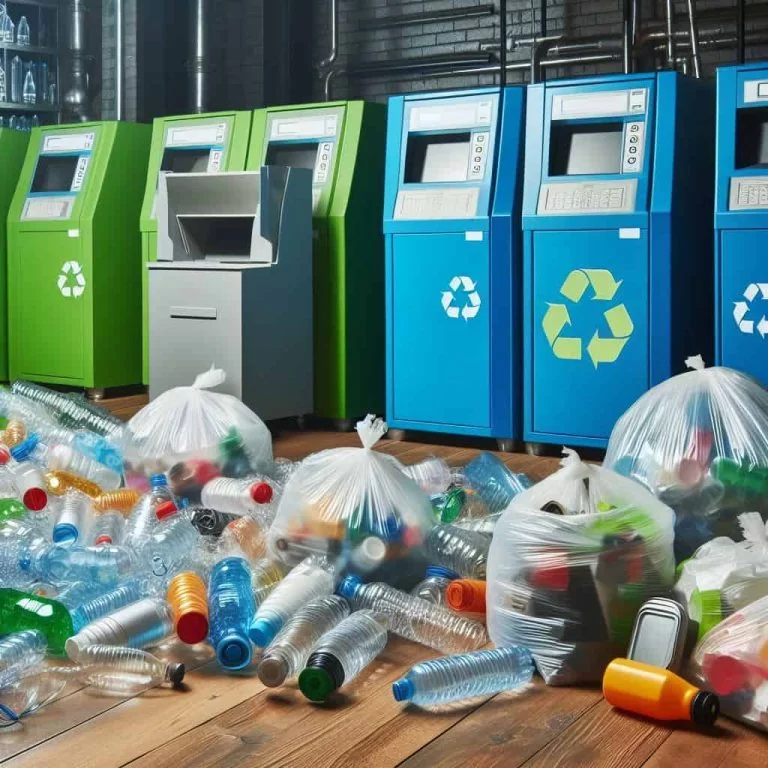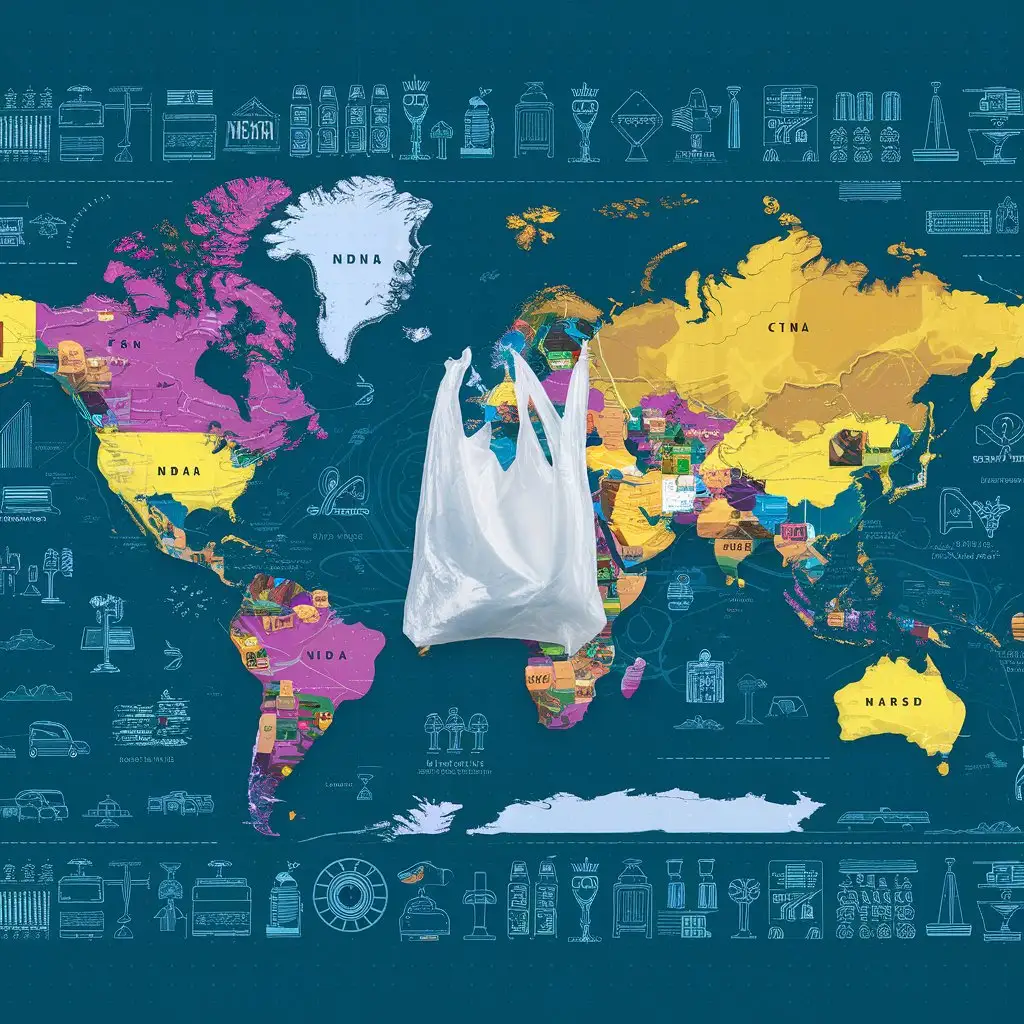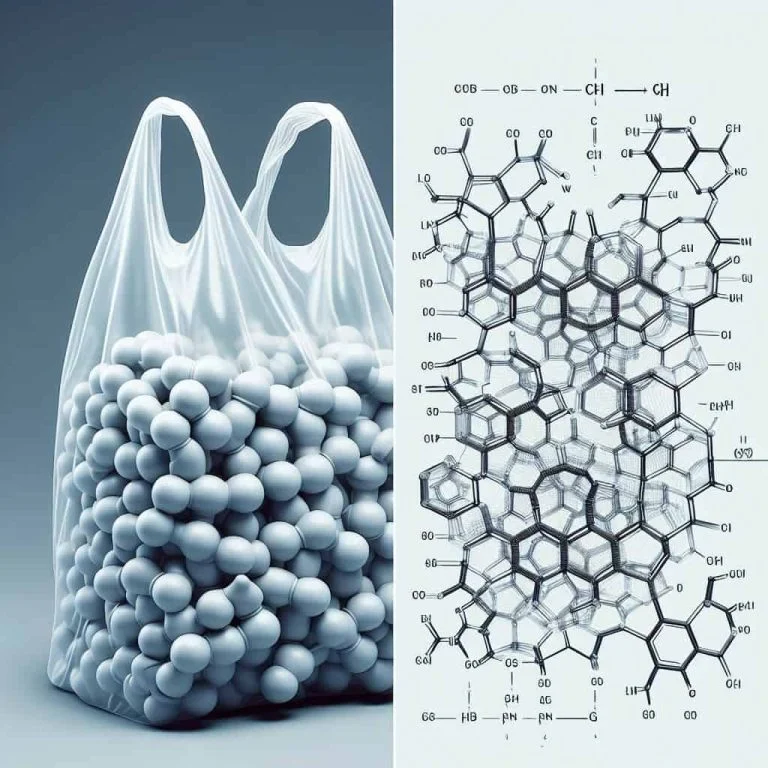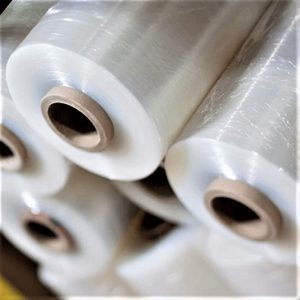What is nylon? This is a question that may have occurred to many of us. Nylon is one of the most widely used synthetic materials in today’s world, and it is present in many of our everyday products. From clothing to auto parts and sports equipment, buying nylon has found a special place in our lives due to its unique properties.
The History of Nylon: From the Laboratory to Our Lives🏛️
To begin with, what is nylon? Nylon was first invented in the 1930s by DuPont. Nylon quickly became a crucial material in various industries, with its initial applications being in the production of women’s stockings.
Furthermore, nylon soon replaced natural materials such as silk and became very popular due to its high resistance and reasonable price.

Features of Nylon: Why Is This Material Special?🏅
Now, what is nylon that makes it so special? The characteristics of nylon make it stand out from other materials. To illustrate, high strength, flexibility, wear resistance, and lightweight are among these features.
In addition, nylon is extremely lightweight, which makes it useful in various applications. Consequently, nylon has become indispensable in many industries.
Applications of Nylon in Different Industries🏭
After understanding what nylon is, it is important to consider its diverse applications across different industries. For example, in the textile industry, nylon is used to produce fabrics and sportswear.
In the automotive industry, nylon is used in the production of various parts, such as interior covers and engine components. Moreover, nylon is also used in the production of sports equipment, such as ropes and tents, as well as household appliances like toothbrushes and brushes.

Advantages and Disadvantages of Nylon⚖️
Having explored its applications, let’s delve into the advantages and disadvantages of nylon. On the positive side, nylon has many advantages, such as high resistance, flexibility, and lightweight. However, despite these benefits, nylon has its drawbacks.
For instance, one of the most significant disadvantages of nylon is the environmental problems caused by its non-degradability. Nylon does not decompose quickly and can harm the environment.

Types of Nylon💡
Moving on, let’s explore the different types of nylon available, which further explain what nylon is:
- Promotional nylon
- Dated nylon
- Agricultural nylon
- Radish nylon
- Cucumber nylon
- Garbage bag nylon
- Hospital bag nylon
- Packaging nylon

Nylon Export: Opportunities and Challenges🌍
Considering the global market, the export of nylon is an important aspect to discuss. Knowing the target markets for nylon export is crucial. For example, countries such as China, India, and Europe are excellent markets for nylon exports.
Additionally, examining the needs and demands of these markets can greatly contribute to export success.
Target Markets for Nylon Export🏷️
Indeed, understanding what nylon is and identifying target markets for its export is vital. Various countries such as China, India, and Europe offer lucrative opportunities for nylon exports. By understanding the needs and demands of these markets, exporters can enhance their chances of success.

Procedures and Necessary Documents for Nylon Export📑
When it comes to exporting nylon, it is essential to follow specific procedures and prepare the necessary documents. These steps include obtaining necessary permits and preparing export documents such as commercial invoices, packing lists, and certificates of origin.
Moreover, it is also crucial to be familiar with the laws and regulations of the destination countries.

Advantages and Disadvantages of Nylon Export⚖️
Exporting nylon has many advantages, such as increasing income, accessing new markets, and reducing dependence on the domestic market. However, there are also disadvantages, such as legal complexities, shipping costs, and problems related to exchange rate changes, that should be considered. Consequently, a balanced approach is needed.
Tips for Success in Nylon Export💼
To be successful in exporting nylon, one should pay attention to several key points. First and foremost, choosing the right markets is essential. Additionally, preparing the necessary documents and being familiar with the laws and regulations of the destination countries are critical.
Moreover, establishing strong relationships with customers is equally important. To sum up, using appropriate marketing methods and providing quality products will greatly contribute to success in nylon export.

The Difference Between Nylon and Nylex: Which One Should We Choose?🤔
In the following section, we will discuss the difference between nylon and Nylex. While both materials are widely used, they have different properties. Nylon, due to its high resistance to wear and heat, is primarily used in the production of industrial and textile parts.
On the contrary, Nylex, which is made of polyethylene, is softer and more flexible and is mainly used in the production of bags and packaging.
Nylon and Nylex Applications in Different Industries🏢
Moreover, it is important to understand the applications of nylon and Nylex in different industries. Nylon is mainly used in the textile, automotive, and electronics industries, whereas Nylex is used in producing plastic bags, food packaging, and disposable products.

Advantages and Disadvantages of Nylon and Nylex⚖️
Both nylon and Nylex have their advantages and disadvantages. Nylon has benefits such as high strength, flexibility, and long life, but it is more expensive than Nylex.
On the other hand, Nylex is cheaper, softer, and more flexible, but it is less resistant to heat and wear. Ultimately, the choice between these two materials depends on specific needs and applications.
Tips for Choosing Between Nylon and Nylex💡
To choose between nylon and Nylex, it is important to consider your specific needs and applications. If high strength and long life are essential, nylon is a better choice.
However, if cost and flexibility are more critical, Nylex is a good option. Furthermore, it is also necessary to consider environmental aspects and the ability to recycle both materials.
What Is the Chemical Structure of Nylon?🧪
Now that we know what nylon is, let’s look at its chemical structure. Nylon is a polymer material made from amide units or polyamides. These amide units are like tiny droplets that connect to form long chains.
These chains make nylon flexible and, at the same time, highly resistant. Because of its properties, nylon is widely used in various industries such as clothing, shopping bags, sports equipment, and more.

Is It Dangerous to Use Nylon?☢️
Given the non-biodegradable nature of nylon, it is essential to properly dispose of nylon products, such as using garbage bags, to minimize their impact on the environment. Recycling and reducing the use of single-use nylon products, such as plastic bags and water bottles, can also help reduce the amount of nylon used.
Moreover, the production and disposal of nylon products can have toxic effects on the environment and human health. Nylon production requires the use of petrochemicals, which may release toxic substances into the air and water during the production process.
In addition, the improper disposal of nylon products can lead to the release of harmful substances into the environment.

Is Nylon Flammable?🔥
Nylon is indeed a flammable material and can catch fire easily. It has a relatively low flash point and can quickly ignite upon exposure to flame, presenting a fire hazard in some applications.
Therefore, it should be kept away from sources of heat and sparks, as it may catch fire quickly, and appropriate safety measures should be used.

Is Nylon an Electrical Conductor?⚡
In general, nylon is an insulating material, meaning it does not allow electric charges to pass through it easily. Nylon is a synthetic polymer consisting of long chains of molecules, making it non-conductive.
However, modifications to nylon can make it conductive, such as by adding conductive fillers or incorporating conductive fibers or yarns.

These modified nylons can be used in applications that require a combination of electrical conductivity and mechanical resistance, such as anti-static or EMI shielding.
Nevertheless, in its standard form, nylon is not considered an excellent electrical conductor and is usually used as an insulator in applications where electrical conductivity is not necessary.


















